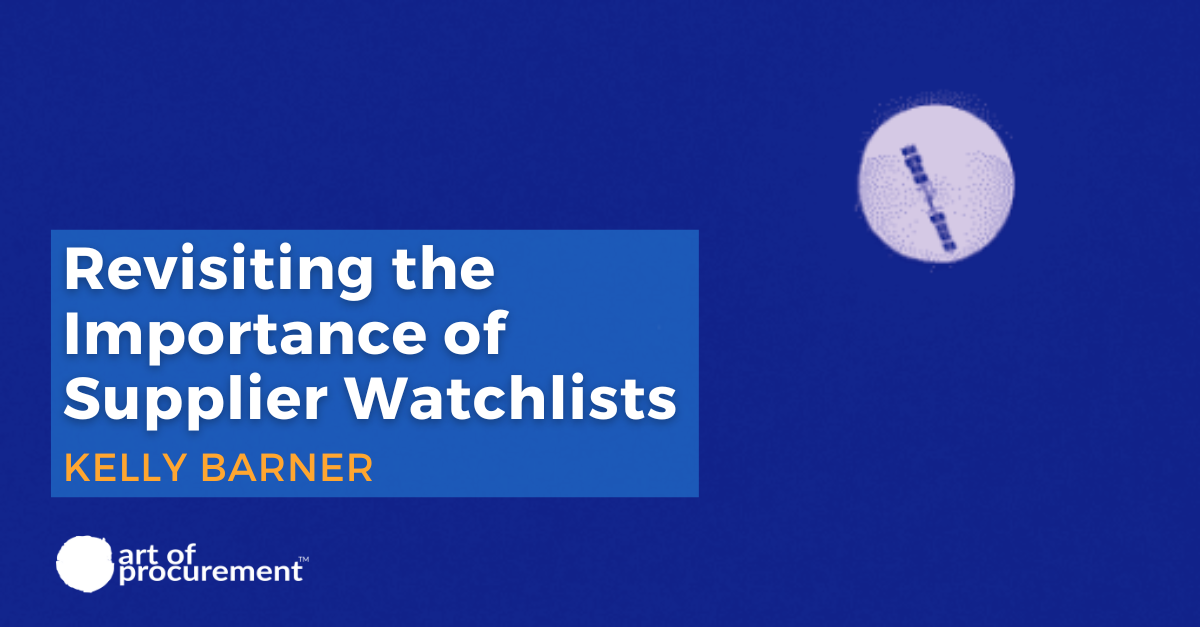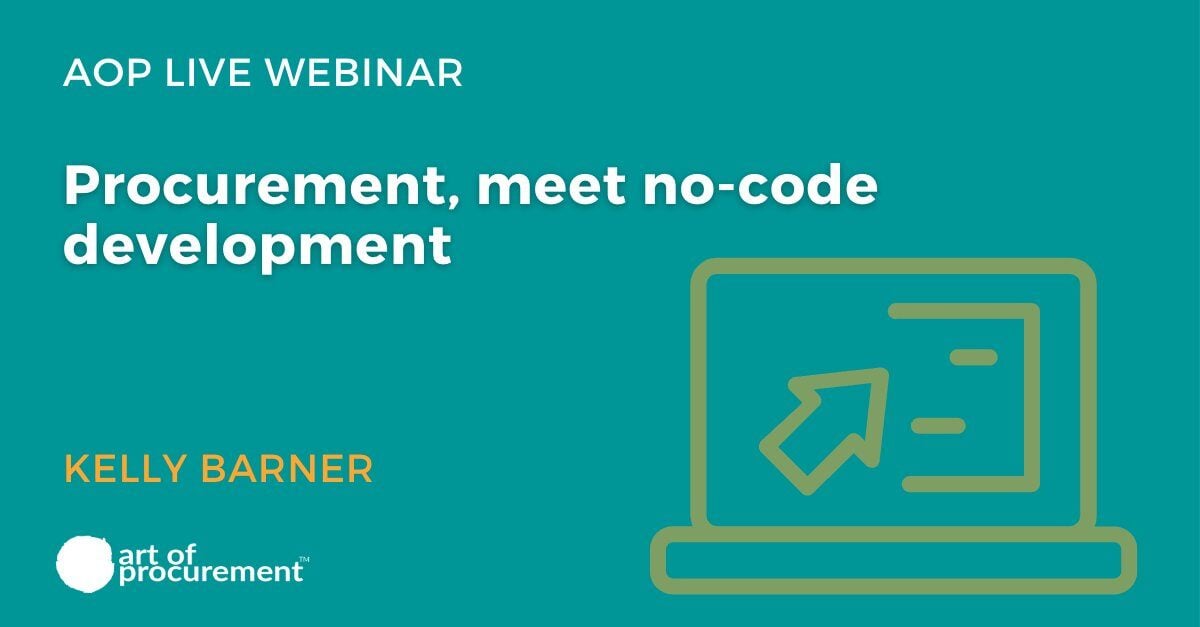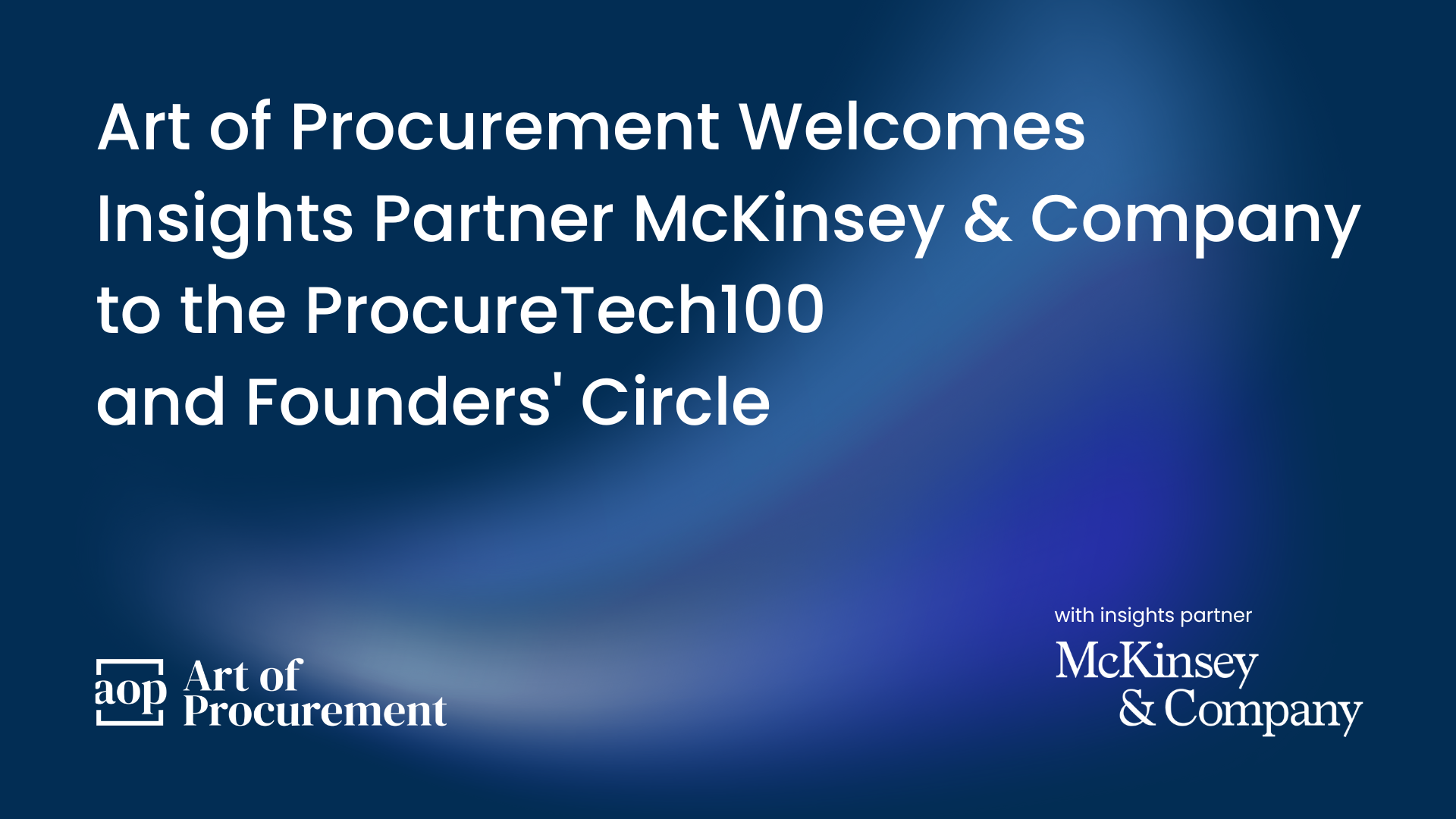
When the Chinese surveillance balloon was finally ‘removed’ from the sky over the Atlantic Ocean on February 4th, we all knew that the story was just beginning. The U.S. military quickly began recovering debris to investigate the detailed origin and purpose of the remaining components.
When news broke late on February 10th that six Chinese-owned companies had been added to the Commerce Department’s blacklist, I wanted to learn more. Could those suppliers be in the supply chains of Western companies?
The named companies are:
- Beijing Nanjiang Aerospace Technology Co.
- China Electronics Technology Group Corporation 48th Research Institute Dongguan Lingkong Remote Sensing Technology Co.
- Eagles Men Aviation Science & Technology Group Co.
- Guangzhou Tian-Hai-Xiang Aviation Technology Co.
- Shanxi Eagles Men Aviation Science & Technology Group Co.
It probably comes as no surprise that five of the six companies draw no search results beyond the recent news story. But one of them, China Electronics Technology Group Corporation (CETC), does – and this is not their first run-in with the U.S. government. CETC’s 13th Research Group was added to a list of companies subject to restricted exports in 2018 as part of an effort to prevent American products and components from ending up in Chinese military equipment.
Established in 2002, CETC is the third largest electronics / IT company in China, ranking behind Huawei and Lenovo. They manufacture electronic parts and systems for radars, missiles, key components for navigation satellite systems, semiconductors, antennas for wireless infrastructure, and equipment for autonomous-driving technology.
The Commerce Department ‘blacklist’ is officially called the “Entity List.” Once companies are placed on the list, U.S. companies are restricted from selling them certain products and materials without a specialized export license – and undergoing intense federal scrutiny.
There is still a higher level of restriction which has not yet been applied to these companies: economic and trade sanctions from the Treasury Department which block sanctioned entities’ assets and prohibit U.S.-based companies from transacting with them. Being on the Commerce Department entity list does not completely prevent trade between those firms and U.S. companies. This puts the responsibility for not doing business with listed companies or having them in supply chains squarely on the shoulders of decision makers in Western companies themselves.
As Alexis Early, a partner at King & Spalding LLP, told the Wall Street Journal in 2020, being on the Commerce Department’s entity list is not an outright block – leaving U.S. companies with responsibility for managing their own supply chains. “‘Getting put on a U.S. list is a red flag’ that presents reputational risk in international business transactions. As the U.S.-China relations evolve, she said, ‘it’s just going to get more complex.’”
One of procurement’s most important responsibilities is knowing which suppliers the company does business with. In most cases, this information allows procurement to answer straightforward business questions, but sometimes there is far more at stake.
#TakeAction Questions
- Do you have government watchlists included in the list of data enrichment sources you include in sourcing/spend analysis?
- Are they kept up to date – and do you receive a notification of changes?
- Is there a chance that CETC could be at the second or third tier of your supply chain?
- What is your confidence level about your suppliers’ watchlists?
Supply chain risk is constantly evolving and required proactive management. Procurement should be taking any and all reasonable steps to ensure that listed and sanctioned suppliers do not participate in their supply chain, immediately escalating any concerns to the C-suite.




